TRUE or FALSE - The Earth is closest to the sun during our summer season.
/WEATHER WEDNESDAY! Happy Canada Day! We are now heading into the warmest and driest two months of the year. TRUE or FALSE - The Earth is closest to the sun during our summer season.
.
.
FALSE!
.
.
Earth's orbit is actually lop-sided. During parts of the year, Earth is closer to the sun than at other times. Canadian winters are when Earth is closest to the sun, and Canadian summers are when Earth is farthest away!
.
.
The Earth has seasons because of its revolution around the sun and the way it tilts on its axis. Because our planet is slanted as it orbits, different parts of the Earth receive the most direct energy from the sun at different times of the year.
.
.
When the North Pole is tilted toward the sun, Canada and the rest of the Northern Hemisphere are enjoying the summer season. When the South Pole is tilted toward the sun, it’s winter for anyone in the Northern Hemisphere.
.
.
#weather #cloudy #mothernature #rain #storm #seasons #June2020 #kelowna #okanagan #summer #meteorology #weslaweather #wx #statistics #climate #nowyouknow #weather #mountains #forecasts #britishcolumbia #bc #canada #daytimehighs #temperature #canadaday #canadaday2020



